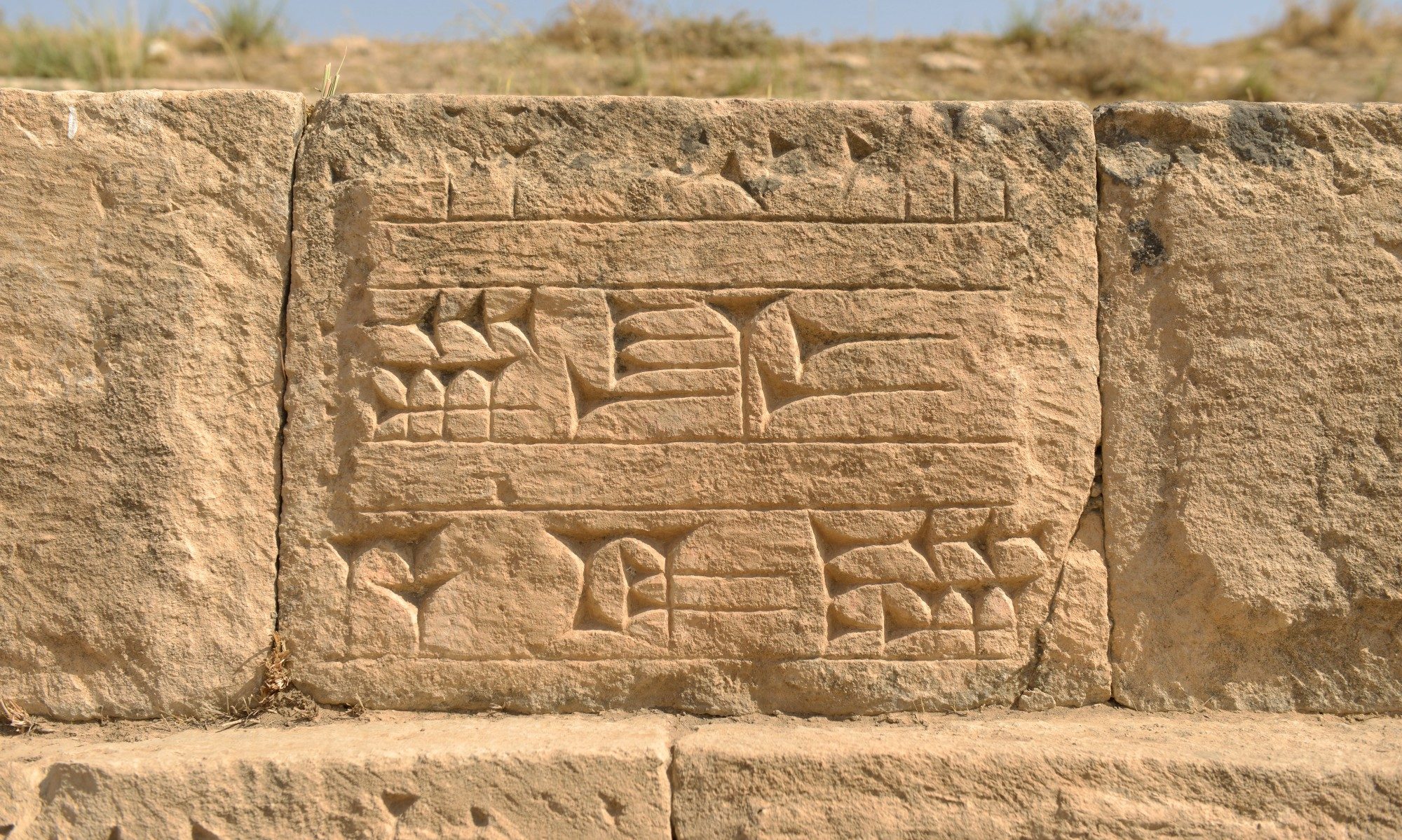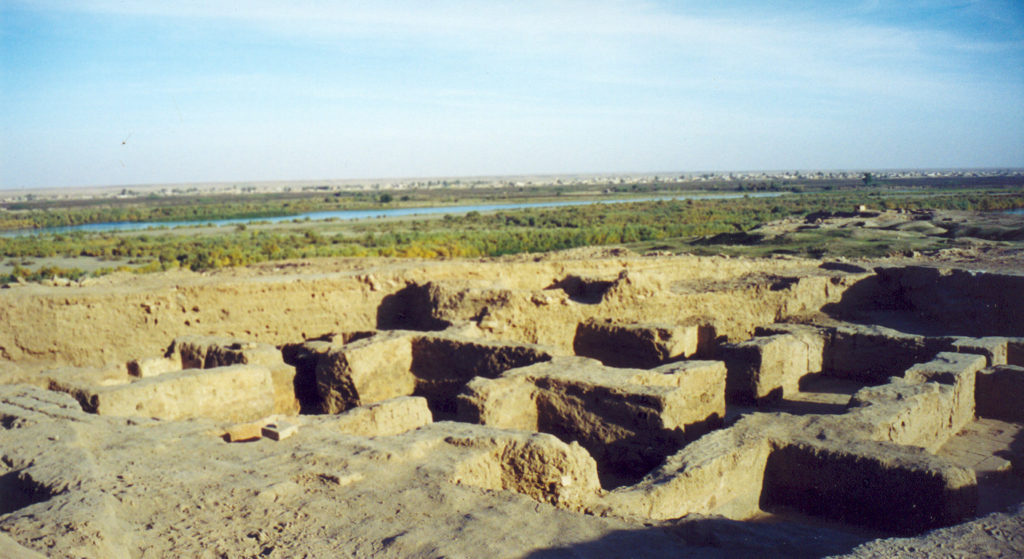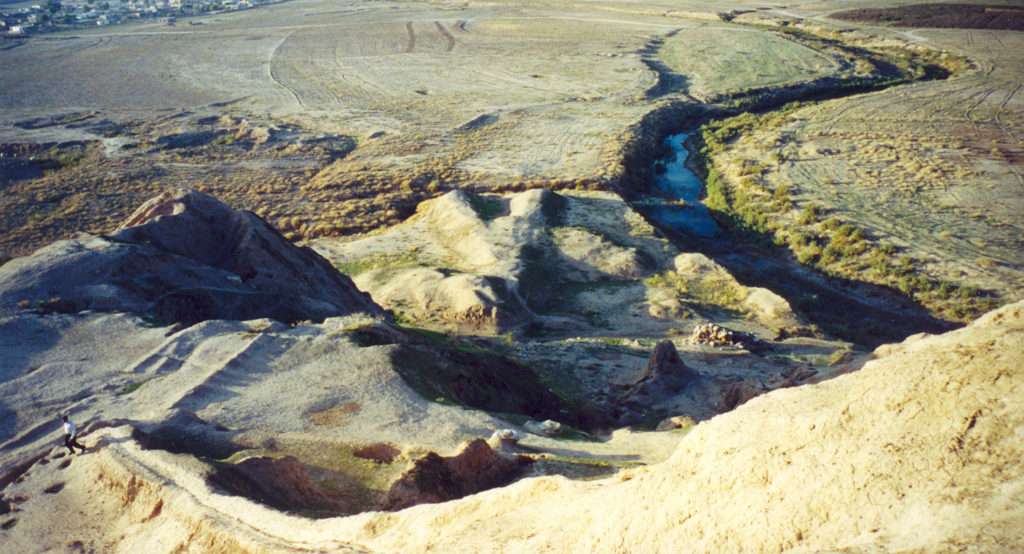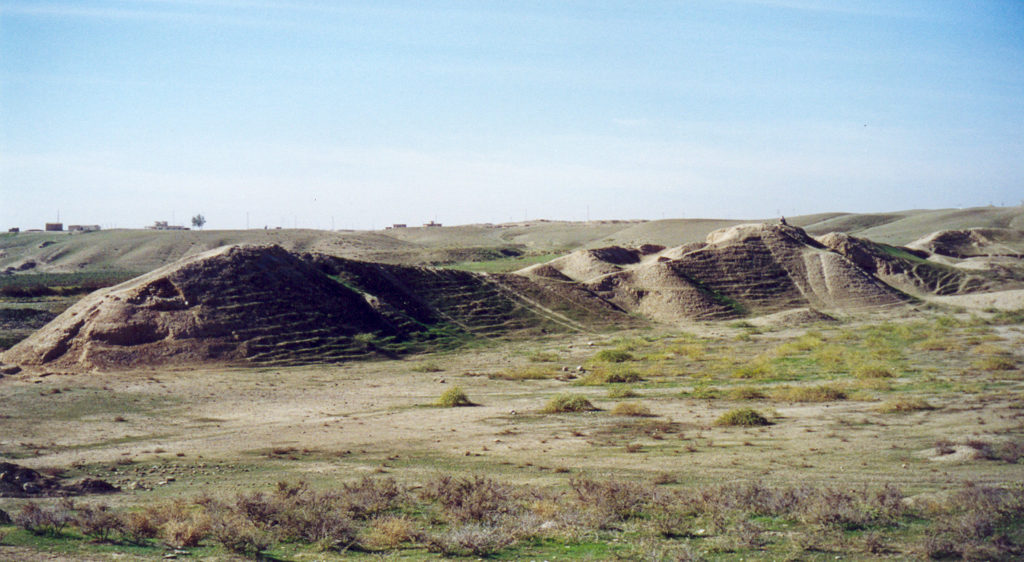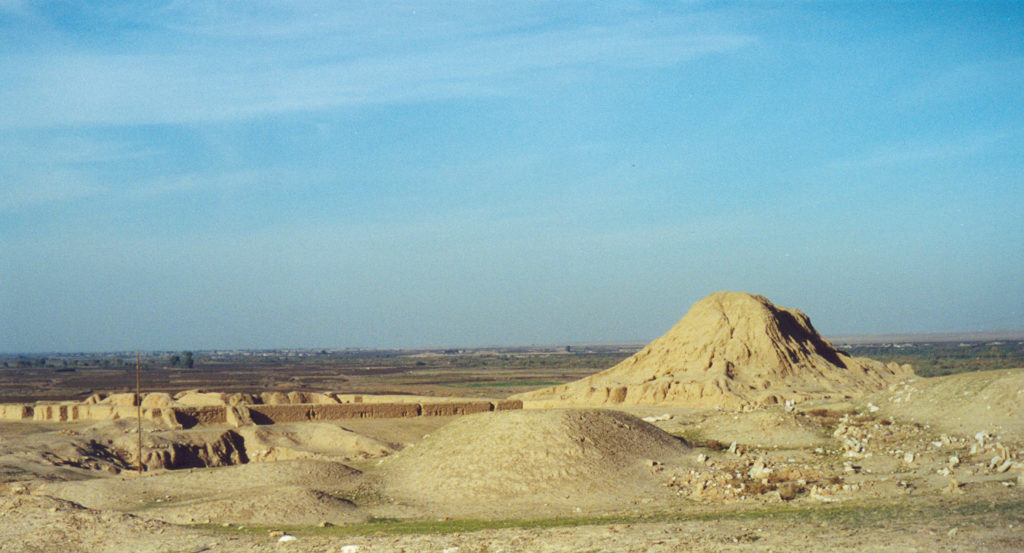Ashur (Qal’at Sherqat)
Inscribed on the World Heritage List in 2003
By Dr Mónica Palmero Fernández
The ancient city of Ashur is located on the limestone plateau of northern Mesopotamia, perched on a cliff along the western bank of the Tigris. Originally founded in the 3rd millennium B.C. along one of the main trade routes running from the Iranian plateau to Central Anatolia, Ashur grew in importance to become the capital of the Assyrian Empire from the 14th to the 9th centuries B.C. The name of the city is the same as the name of the main Assyrian god, Ashur, who became the national god of the Assyrian kings. When king Ashurnasirpal II moved the capital northwards to Kalhu (modern Nimrud), Ashur maintained its religious status as the abode of the national god and the resting place of deceased kings.
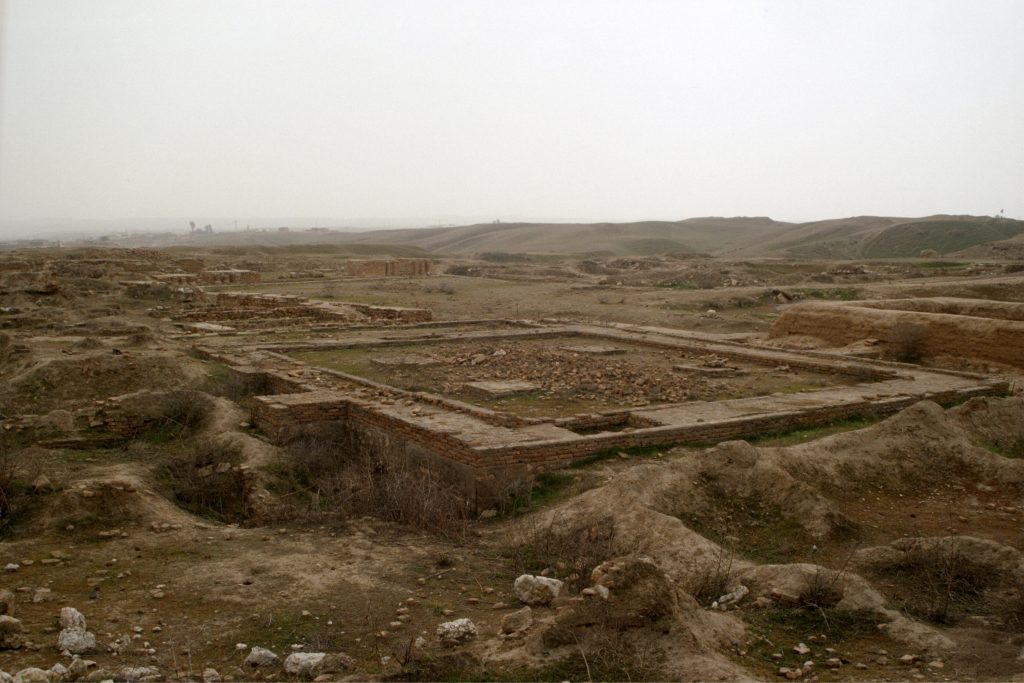
The history of excavation at the site is also of importance. Neglected by the French and British in favour of the more promising Assyrian sites near Mosul, Qal’at Sherqat was eventually systematically excavated by a German team, a relationship that continues to this day. At the onset of the 20th century, German archaeological excavations in Iraq were largely conducted by trained architects, which meant their focus was placed on tracing architectural features and establishing patterns of evolution in building practice. Thanks to this approach, the excavated remains of public and residential buildings in Ashur provide an outstanding record of the evolution of building practice throughout nearly 2,500 years.
The significance of the site as the political capital of one of the earliest territorial empires in history and as a religious centre of the utmost importance in antiquity granted it admission to the List of World Heritage in Danger in 2003, as a looming large-scale dam project threatened to submerge the site. Shortly after the 2003 invasion of Iraq, the dam project was put on hold. However, the onset of an armed conflict whose ramifications continue to be felt today introduced new factors affecting the property that hindered the drafting and implementation of a conservation plan for the site.
As of 2018, Qel’at Sherqat remains in a poor state of conservation, with some areas of the site affected by explosions and looting, as well as other manmade factors such as flooding and water seepage due to the dam project. The Advisory Bodies to UNESCO highlight the lack of improvement on the ground following the 2017 Rapid Assessment mission. The site retains its status on the List of World Heritage in Danger while efforts to implement a conservation plan are still to be defined.
UNESCO webpage
http://whc.unesco.org/en/list/1130
Assur excavation website
http://www.assur.de/
German Oriental Society webpage
http://www.orient-gesellschaft.de/forschungen/projekt.php?p=4
